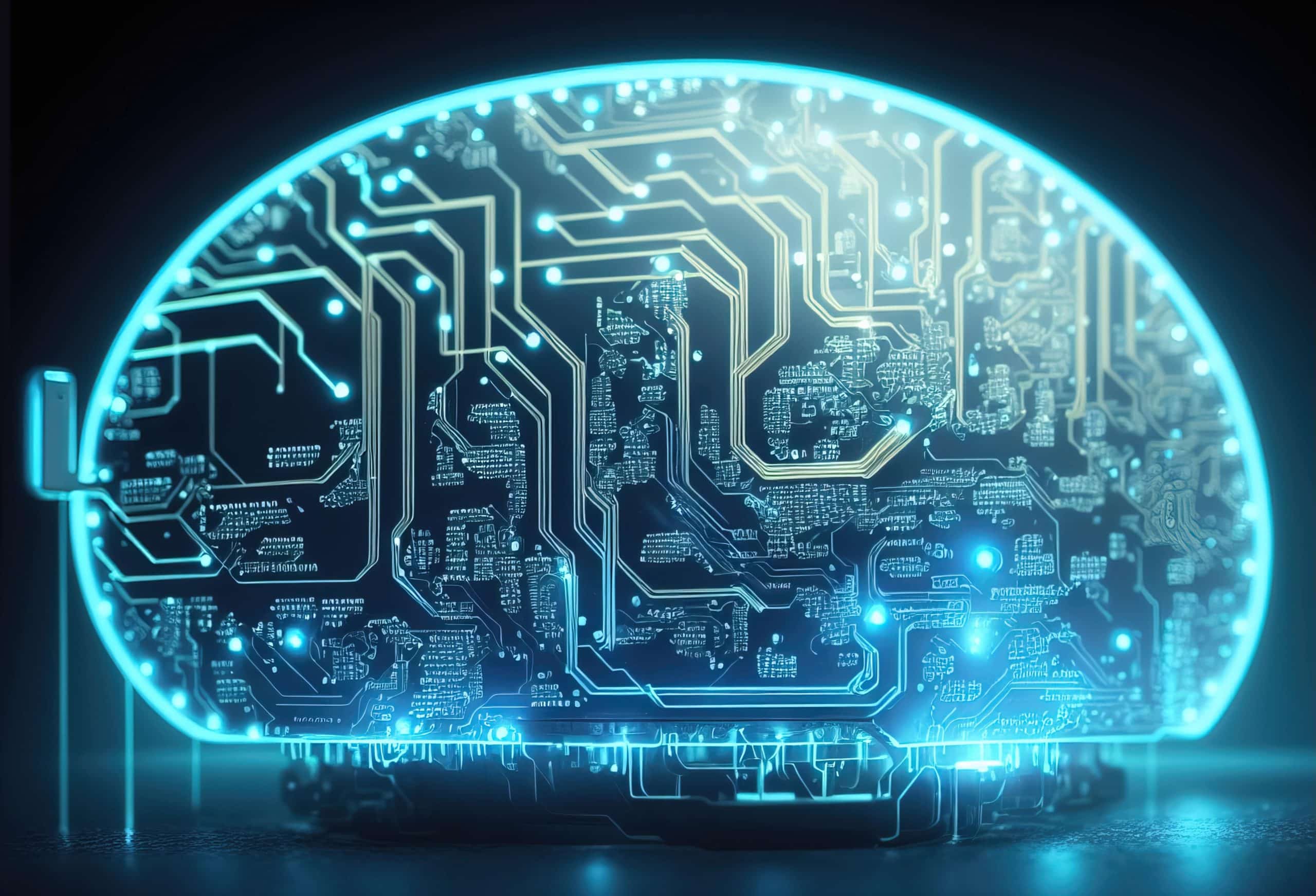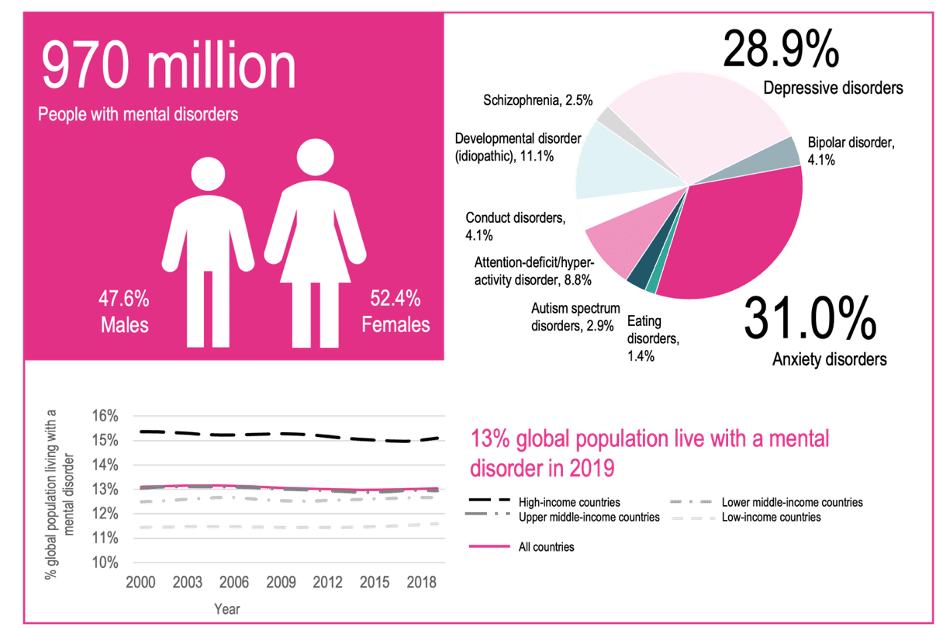
Neurotechnology is advancing faster than ever with the help of AI and the UN’s Educational, Scientific and Cultural Organization (Unesco) fears new neurotechnology discoveries may soon threaten human rights.
The organization is working on outlining a “universal ethical framework” for neurotechnology, where complex interfaces are used to communicate between the brain and a computer. Elon Musk’s Neuralink is the most famous example of the technology and the company was recently approved for a human trial of its brain-computer interface.
Neurotechnology Could Change Medicine But Is It Worth It?
Neurotechnology has a chance to be 1 of the greatest developments in medicine ever. 1 in every 8 people around the world suffers from a mental or neurological disorder. Many of these disorders don’t have great treatments and some have none whatsoever, leaving patients with no way to get better. Furthermore, they represent 1/3rd of all health expenses in developed countries.

It’s possible that neurotechnology could be the answer to many of these disorders and it could even give us tremendous insights into human consciousness but the tech is extremely intimidating and rather dystopian. It allows for direct tampering with the brain and could cause tremendous harm if done incorrectly. Theoretically, it could be commandeered by bad actors to control or harm patients.
Pretty much any new technology can be harmful but neurotechnology also gets right to what it is to be a human and the basic rights that come with it: freedom of thought, general autonomy, privacy, and more. The Unesco assistant director-general noted that neurotechnology treatments “may come at a high cost in terms of human rights and fundamental freedoms, if abused.”
AI is Advancing Neurotechnology Faster Than Ever
Neurotechnology itself has great potential for harm by itself but now that researchers are using artificial intelligence (AI) to rapidly quicken advancement, organizations like Unesco are starting to worry.
Mariagrazia Squicciarini, the lead author of Unesco’s recent paper calling for ethical guidelines on neurotechnology and AI, described the phenomenon well saying “When you add AI, you are putting neurotechnology on steroids.”
The Unesco paper posits that private investments in the field have skyrocketed since 2010, increasing 20x to $7.3 billion in 2020. It expects that growth to accelerate exponentially in the 2020s as well, predicting the neurotechnology market to reach $24 billion by 2027. The number of patents in the market is increasing even faster.
There’s been a dramatic acceleration of innovation in neurotechnology
Cc: @PeterDiamandis @elonmusk @NitaFarahany @azeem pic.twitter.com/cB0hIoo71v
— Science Is Strategic (@scienceisstrat1) July 13, 2023
Because of the tremendous amount of money pouring into the field from companies like Elon Musk’s Neuralink, researchers have already made incredible accomplishments. Some have discovered new ways of diagnosing various neurological disorders while others aim to actively treat them.
Scientists are making great progress in decoding the signals that the human brain sends to create a sense of consciousness as well as drive the voluntary functions of the body. The only reason that this is now possible is breakthrough AI models that are powerful enough to decode the complex signals.
Recent studies have shown that it’s even possible to decode the brains of volunteers non-invasively (simply meaning no surgery or implantation is required). This could be great for easy diagnoses and treatments but it also poses a massive threat to human rights.
This tech could eventually lead to the production of devices that can literally read minds without the subject knowing. This isn’t science fiction anymore. At the moment, these techniques require a lot of data from the patient’s brain signals using devices like fMRIs which take hours to collect.
However, as the tech advances powered by AI, it’s possible that this decoding could be done essentially ‘on the fly’ where a smaller, difficult-to-spot device is used to read a subject’s brain signals at a moment’s notice.
https://twitter.com/UNESCO/status/1679482955113086976?s=20
This isn’t the only example of dystopian technology coming from the field. Rafael Yuste, the director of the Neurotechnology Center at Columbia University, has been able to ‘implant hallucinations’ into the brains of mice, making them see things that aren’t actually there. They did this by decoding brain signals and then sending back manipulated versions to trick the mice.
While Unesco and Squicciarini are not pushing for a halt on neurotechnology research nor are they even against the field in general, they are calling for “a globally co-ordinated approach to regulation for neurotechnology not only in medicine but in the consumer market” before it gets out of hand.
Related Articles:
- FDA Approves Elon Musk’s Neuralink Human Trials
- Macaque With Elon Musk’s Neuralink Brain Chip Plays Pong With His Mind – What Could Humans Do With It?
- Best Tech Stocks to Watch in 2023 – How to Buy Tech Stocks
What's the Best Crypto to Buy Now?
- B2C Listed the Top Rated Cryptocurrencies for 2023
- Get Early Access to Presales & Private Sales
- KYC Verified & Audited, Public Teams
- Most Voted for Tokens on CoinSniper
- Upcoming Listings on Exchanges, NFT Drops